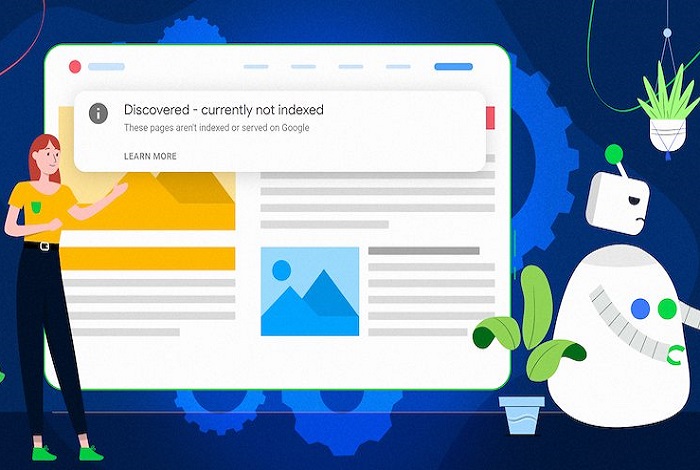If you're a website owner or digital marketer, you might have encountered the dreaded "Crawled – Currently Not Indexed" status in Google Search Console. But what does it mean, and more importantly, how can you fix it?
What does it mean?
When Google's crawler, also known as Googlebot, visits your website, it goes through various pages to understand their content and relevance. When a page is "crawled," it means Googlebot has visited and examined it. However, if the page is marked as "Currently Not Indexed," it means Google hasn't added it to its index, the database of web pages that it can show in search results.
Why does it happen?
Several reasons could cause this issue:* Low-quality content: : Google might choose not to index pages with thin or duplicate content.
* Indexing directives:: Your robots.txt file or meta robots tags might prevent Google from indexing certain pages.
* Canonicalization issues:: If there are multiple versions of a page (e.g., HTTP vs. HTTPS), Google might not index all versions.
* Technical issues:: Problems like server errors or slow page speed can hinder indexing.
* New content: : Sometimes, Google takes time to index new pages, especially if your site has a low crawl rate.
How to fix it?
* Improve content:: Ensure your pages offer unique, valuable content that aligns with user intent. Add relevant keywords and provide comprehensive information.
* Check indexing directives:: Review your robots.txt file and meta robots tags to ensure they're not blocking important pages.
* Canonicalization: : Set preferred URLs using canonical tags to consolidate indexing signals for similar pages.
* Technical optimization: : Address any technical issues that could hinder indexing, such as server errors, slow loading times, or mobile-friendliness problems.
* Internal linking: : Ensure there are clear pathways for Googlebot to discover and crawl your important pages by implementing a logical internal linking structure.
Related blog- Improve On-Page SEO: 8 Steps to Skyrocket Results
Monitoring and Patience
After implementing fixes, monitor your site's performance in Google Search Console. It may take some time for Google to re-crawl and index your pages. Patience is key, as indexing is not instantaneous.
Conclusion
Dealing with "Crawled – Currently Not Indexed" pages can be challenging, but it's an opportunity to enhance your website's quality and performance. By understanding the reasons behind this status and implementing the suggested fixes, you can improve your chances of getting your pages indexed and ultimately increase your visibility in search results.




